The 15 Most Bizarre Monsters from Medieval Folklore
If you thought modern mythology was weird, wait until you see these bizarre monsters from Medieval folklore.
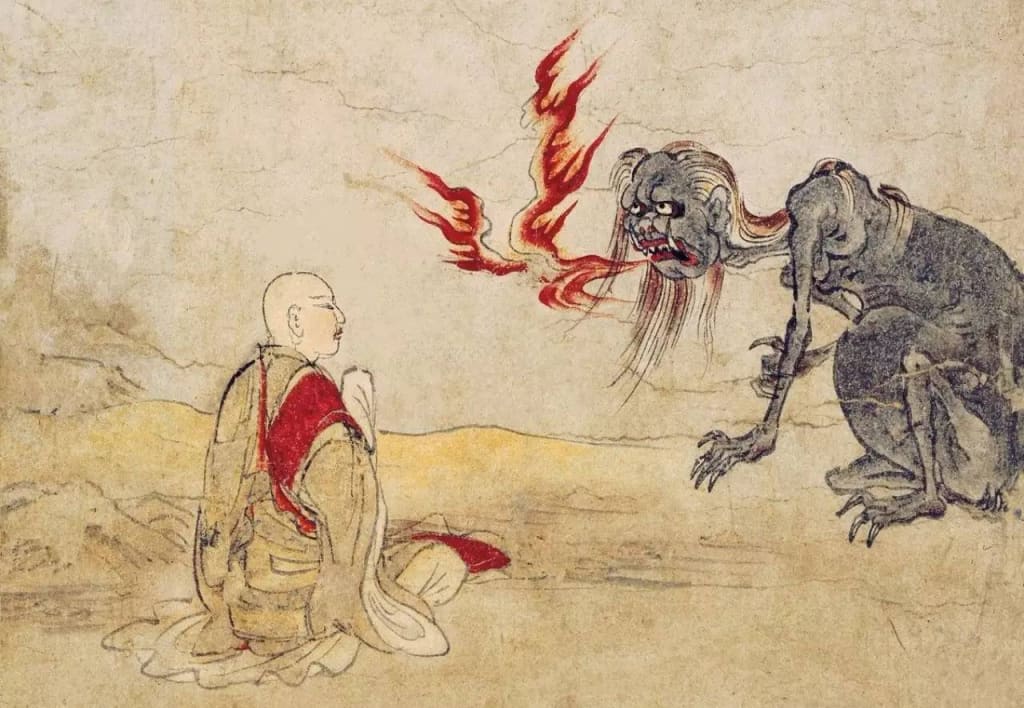
What do you think of when someone mentions monsters from Medieval folklore? Do you think of werewolves, like France's loup-garou? Do you typically think of dragons from British legends? What about fairies? Trolls?
For the most part, Medieval folklore seems to be pretty well-known. These legends are what served as the basis for game monsters like the ones found in Dungeons & Dragons. Writers like Tolkien use Medieval legends to come up with creatures for books all the time.
You would think that most of us are experts on Medieval legends, but that's really not the case. What we know of as classic creatures were really the "creme of the mythical crop," so to speak.
Most legendary monsters from this time weren't really that interesting. Some even sound more like bad acid trips than they do real legends. That's what makes looking at these more obscure mythical creatures so entertaining—and mind-expanding!
Hircocervus
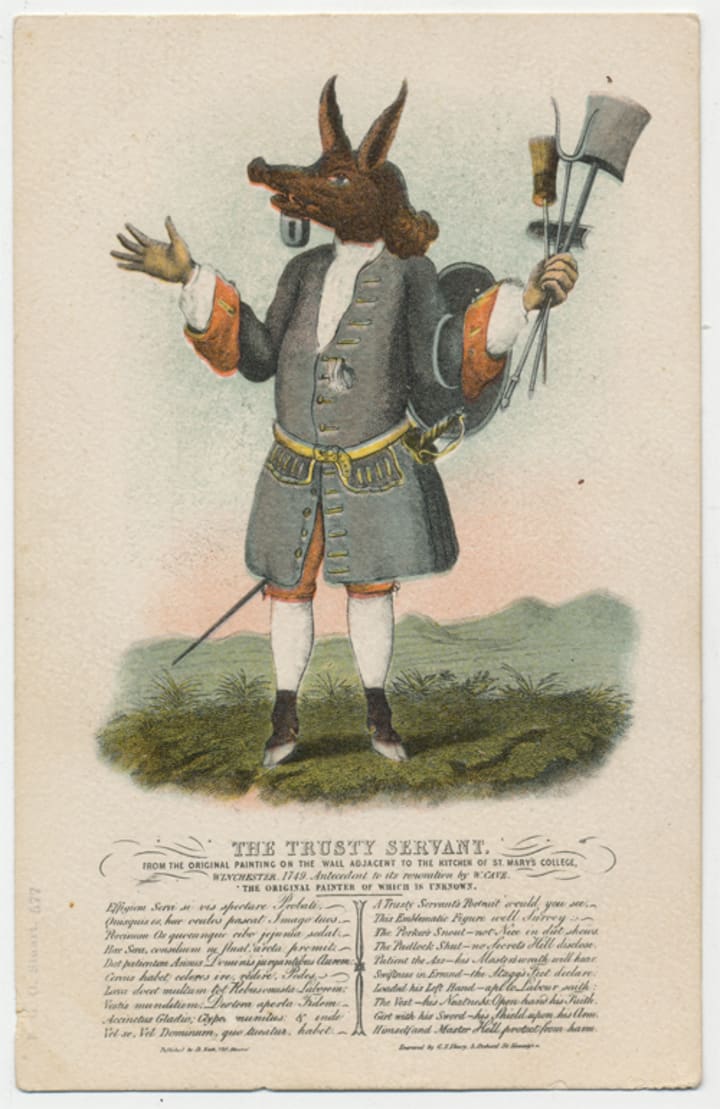
This wasn't just a creature from Medieval times; it was a creature that was long speculated upon by people like Plato and Pliny in times of antiquity. So, you're probably wondering what captivated peoples' imaginations for hundreds of years.
The Hircocervus was not particularly fearsome as far as mythical creatures go. This creature was half goat, half deer. That's it. It seems strange that people would talk about this legendary goat-deer for so long, doesn't it?
Within time, this strange critters became more of a symbol of servitude than anything. It was known as the "trusted servant," which evolved to part pig, goat, donkey, and human.
Sea Monks
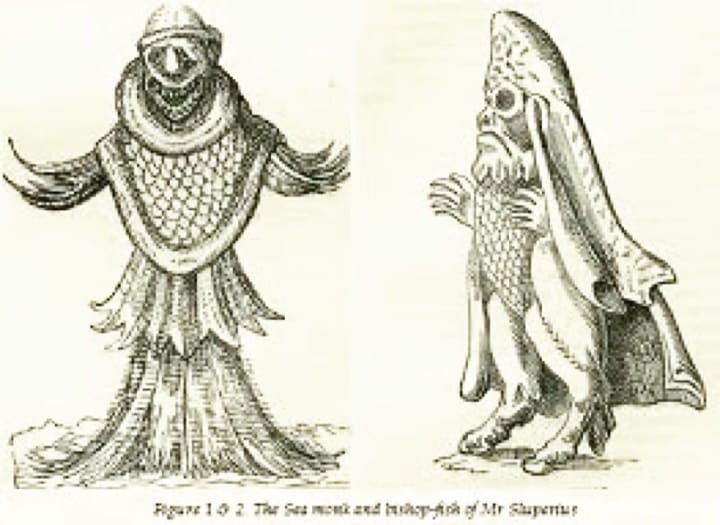
Did you ever wonder why mermaids always seemed to be female? Well, there was another form of mermaid that was more masculine than feminine. It was called the sea monk, and like many of the more obscure monsters from Medieval folklore, it had strange qualities.
Sea monks were fish-people who had scales surrounding their bodies, and had the outward appearance of a monk. Some people also called them sea bishops, claiming that their heads looks a lot like a bishop's hat.
They never spoke, but swam around and communicated via gestures. In one legend, a sea monk was captured and given to a member of Polish royalty. The king wanted to keep it, but the creature gestured, begging to be set free.
The king, being a kind ruler, set it free. Medieval cryptozoologists collectively started screaming expletives at the loss of this evidence of a cryptid that may exist.
Monopods
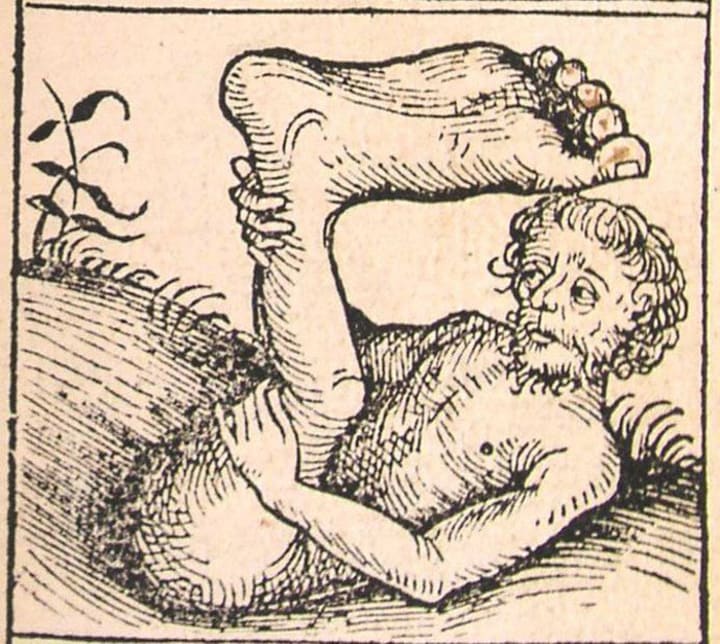
This was another Medieval creature that was first mentioned by Pliny, and as the name suggests, it was a race of beings that had only one foot. These one-footed beings allegedly lived in Ethiopia, were capable of running (hopping?) at great speeds. They were also, apparently, talented warriors.
Though Monopods were fast-footed and capable on the battlefield, you'd never know from looking at them. They, allegedly, were a very small race of dwarves. During hot days, they would rest with their feet in the air, to try to enjoy the shade their large foot afforded them.
The Vegetable Lamb of Tartary
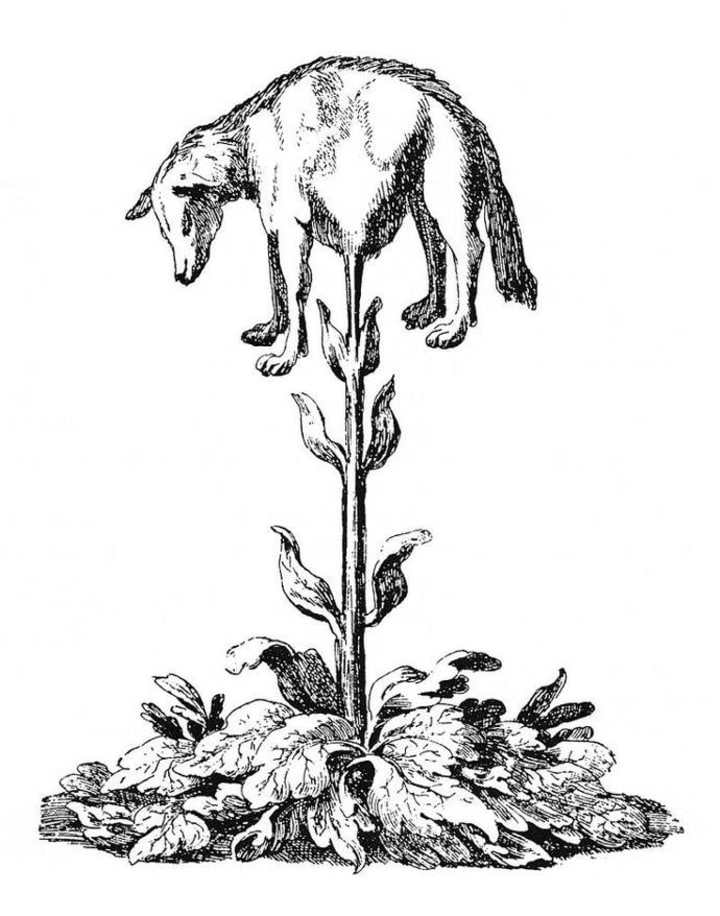
This isn't particularly scary for meat eaters, but I'm willing to bet that there would be vegans who would find this to be one of the most terrifying monsters from Medieval folklore. The Vegetable Lamb was a folktale that was first described by the traveler John Mandeville.
According to Mandeville's tall tale, it was a lamb that was actually a plant. It would bleat like a regular sheep, could move, could graze, and if sliced, would bleed like a sheep.
However, it was still a plant, and could never wander away from its stalk. If you removed the stalk from the lamb, it would die and farmers would have to eat it.
You have to hand it to Mandeville; he predicted what future GMOs would look like, hundreds of years before Flavr-Savr tomatoes existed!
Mimick Dogs
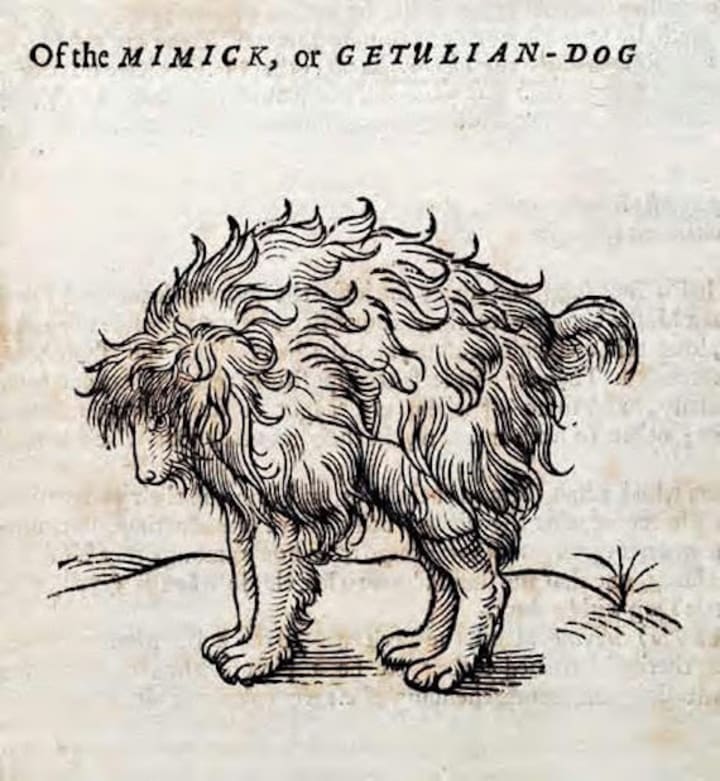
Did you ever want to have a dog that was smarter than Rin Tin Tin, and capable of mimicking other animals' noises? If so, you might have wanted to have this Medieval mythical creature as a pet.
Mimick dogs, also called Getulian-dogs, were said to be an extremely rare type of wild dog that lived throughout North Africa and Europe years ago. Mimick dogs allegedly looked a lot like a mix between a Samoyed and a greyhound.
Those who claimed to have seen them saw their long legs, hedgehog-like faces, bushy coats, and short tails wagging right behind them. So, they were somewhat funky-looking, but one would imagine that they were still pretty adorable.
What made mimick dogs unsettling, though, was their ability to mimick human speech, behavior, and motions. Rumor had it they were so skilled at acting human, royal members would pay top dollar just to see a mimick dog in person.
These dogs actually had written accounts of their existence all over Europe, with one even being rumored to live in a court of a Roman emperor. They were allegedly talented dancers, but that still doesn't take away from the unsettling fact that they were talking dogs.
Blemmyae
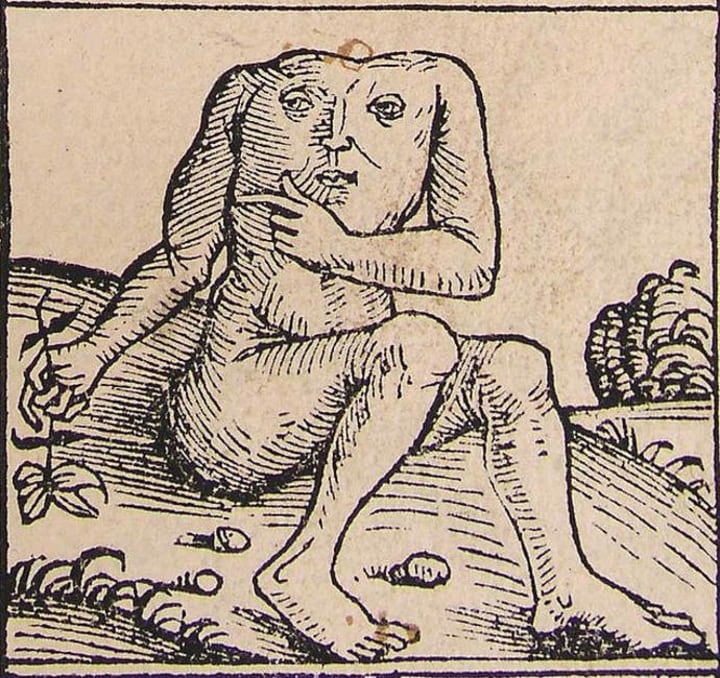
Blemmyae found their legendary roots in Ancient Greek mythology, and many cultures in the Mediterranean region continued to believe in them well throughout the Medieval periods. Unlike some of the other strange monsters from Medieval folklore on this list, these guys were terrifying.
You see, Blemmyae were a race of very ugly giants that possessed serious strength. They also had no head, with their faces and mouths being found right where a normal human being's chest would be. According to the explorer who saw them, these strange beings were rather unsightly.
Believe it or not, this mythical creature had similar roots to the Vegetable Lamb. Mandeville is the author who came up with this critter as well. He wrote:
"In another part, there are ugly folk without heads, who have eyes in each shoulder; their mouths are round, like a horseshoe, in the middle of their chest. In yet another part there are headless men whose eyes and mouths are on their backs. And there are in another place folk with flat faces, without noses or eyes; but they have two small holes instead of eyes, and a flat lipless mouth.”
Cynocephali
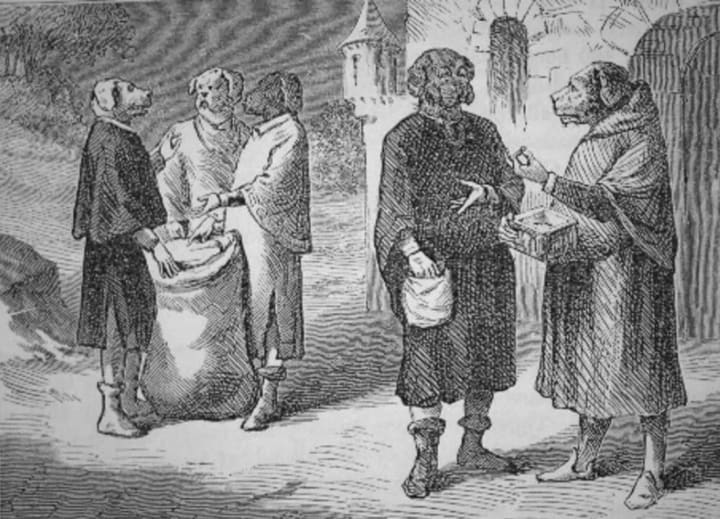
With most monsters from Medieval folklore, the chances of anyone actually seeing them is very slim. Cynocephali are a little bit different than the majority though, because people have claimed to see them—even in modern times.
Students of the Greek language will tell you that cyanocephali means "dog-headed" in English. That's a pretty good description of what these creatures allegedly are: men who have the heads of dogs. Strangely enough, they have been reported in most major cultures—not just in Europe.
Medieval literature regularly mentioned encounters with dog-headed men in the Middle East, as well as in remote parts of Asia. According to the texts, cyanocephali greatly disliked humanity, and would typically either attack on sight or run.
Some believed that dog-headed men looked like regular human beings, but were capable of shapeshifting. Unlike werewolves, which lost their ability to speak, cyanocephalic people were said to keep their human speech.
Melusines

For the most part, the legend of the melusine people was buried into obscurity—except for the corporate logo that has one as its focal point. Everyone has seen a depiction of a melusine.
Most people would not be able to tell you what a melusine is right off the bat, but they'd recognize it almost immediately when they look at their Starbucks coffee cups. That's right. The Starbucks "mermaid" isn't really a mermaid. It's a melusine!
For the most part, melusines are very similar to mermaids. They avoided humans, they were half human, half fish... except they had two fish tails instead of one. Still though, they are definitely a legendary aquatic monster you don't want to meet.
Crocottas
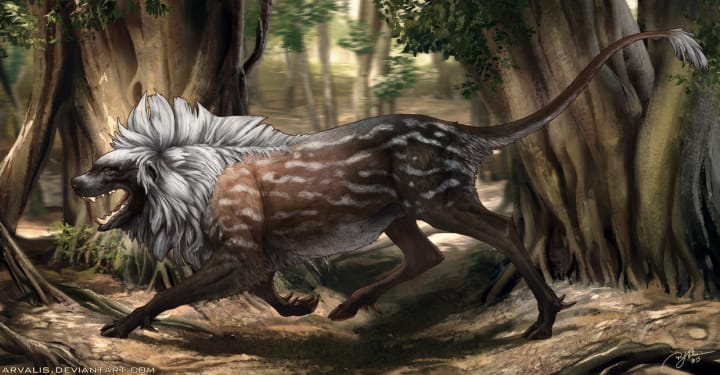
If there was one creature you wanted to avoid on your travels during Medieval times, it was the crocotta. This was a monster that people were terrified of because it combined the most dangerous parts of a hyena with the strongest parts of a wolf.
Crocottas were said to be extremely hostile to humans, hyper-muscular, and vicious to their core. Their teeth were long and sharp, and they would hunt in packs throughout the African Serengeti. Unlike hyenas, they would let out blood-curdling howls.
Sometimes, crocotta were said to mimic human cries for help in order to lure people to their deaths. So, they didn't just hate people, they actively hunted them.
Gelin

Europe definitely didn't have a monopoly on strange Medieval folklore. Cultures of the Middle East were equally likely to have their own strange tales to tell. In Turkey and the surrounding areas, folks in Medieval times were particularly fretful of Gelin.
Gelin, which translates into "bride" in Turkish, are ghosts of women who were linked to tragedy relating to marriage. In many tales, they are women who were killed by husbands, women who died during childbirth, or women who killed themselves after finding out that their partner strayed.
These ghostly women often looked sad, mournful, or physically hurt as they dressed in bridal wear. It was never a good thing to see a Gelin. Local lore suggests they are harbingers of death—not unlike the more well-known banshee.
Nue
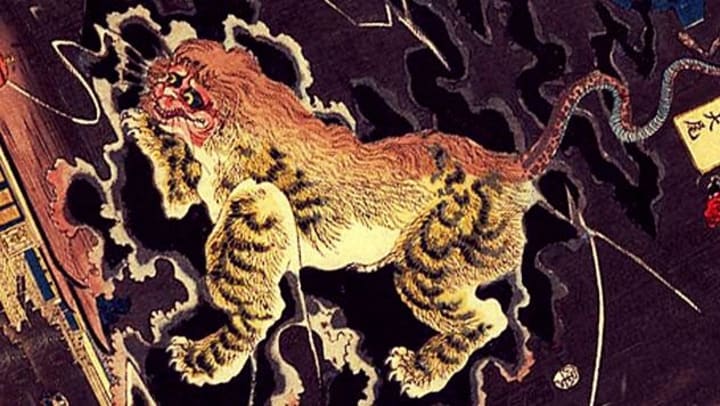
Medieval Japan had plenty of creepy creatures in its mythos, all of which are categorized as yokai. One of the earliest yokai to be mentioned in Japanese literature is the nue, also known as the Japanese chimera.
Nue were first mentioned in the 700s CE, and were considered to be real creatures well into the Middle Ages. These were fierce creatures that had the body of a tanuki, the face of a monkey, the tail of a snake, and the limbs of a tiger.
Though they would have been very fearsome to see walking through Japan's many mountains, no one ever saw them walk. They would fly through the sky, surrounded by ominous black clouds.
According to Japanese mythology, nue can attack people by making them have terrible dreams and causing them to get sick. Emperor Konoe was said to be a nue victim in the 1100s. Few other accounts exist of this monster, but every encounter they have with humanity has been disastrous.
Ahuizotl
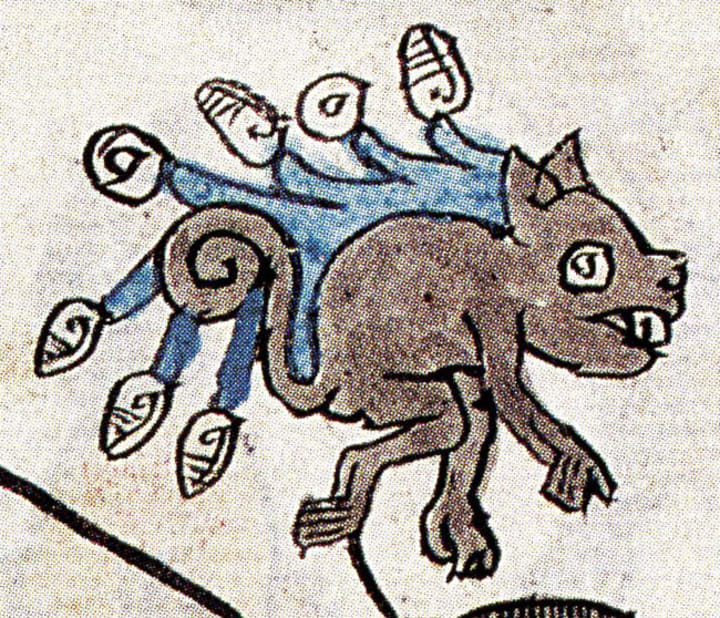
In South America, the Medieval period was one marked by Aztec rule. Unlike Europe, which seemed to focus on the strange rather than terrifying, Aztecs really loved to talk about monsters that would make most peoples' blood run cold.
Ahuizotl was the name of a species of water monsters that loved to prey on humans. These creatures were described as black, dog-like monsters with smooth, rubbery skin and long tails. Unlike dogs, they had human hands, and had a fifth hand that was found at the end of its tail.
When humans would swim near the Ahuizotl, they would use their many hands to drag the human down into the water. When people found the victim's body, they ended up seeing a horrible sight, indeed. Ahuizotls would eat the person's eyes, teeth, and nails—leaving everything else intact.
Preta
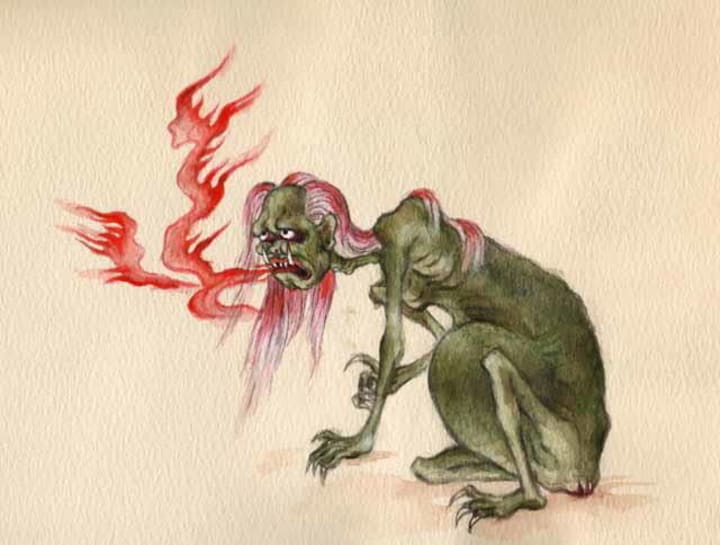
During this time in India, China, and Vietnam, people believed in the power of karma. Those who were devout and kind in life were expected to have a happy reincarnation—if not only a very happy life. Those who were cruel or went against karma would be punished.
Some people, however, can be so awful, being reincarnated as toilet paper seemed to be too good for them. When people are that terrible to others, they are said to become a preta.
Pretas were some of the most disturbing monsters from Medieval folklore in Asia. These creatures were once humans that harmed others through their greed. After they died, they were punished by gaining an insatiable hunger and thirst that could not be quenched.
Pretas could never satiate their hunger, no matter how hard they tried. In most cases, these restless spirits were made to wander the Earth, consuming feces, rotten meat, blood, cadavers, and urine since that was all their forms would allow them to digest.
At times, these creatures could become envious of the living. In retaliation of these perceived slights, they would use magic to prevent others from living a happy life.
Most cultures in East Asia believed in pretas, including China, India, Nepal, Vietnam, and Japan. Makes you wonder how word got around so much!
Nuckelavee
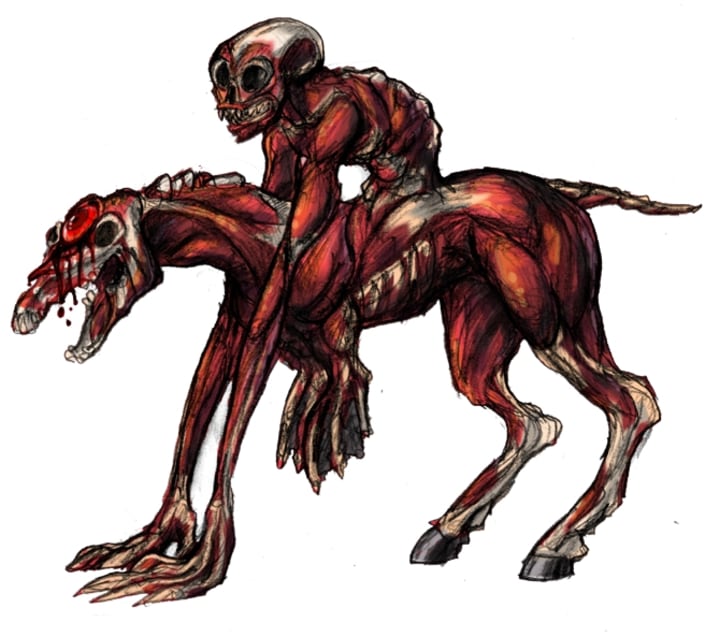
Disturbing as the concept of a preta might be, the Scottish myth of the nuckelavee would definitely beat it out as far as nightmare fuel goes. You might already know about the kelpie, a horse-like demon that lures people to their deaths by dragging them into water.
Nuckelavee take it a step further (and creepier) than that. Nuckelavees look like human riders, sitting atop horses—without any skin. Black blood courses through its veins, and the "horse" part only has a single large eye that burns with an unholy fire.
To grab victims and drag them into water, the nuckelavee's "human" arms were long enough to touch the ground. Of course, most people died of fright just seeing one, putting them among the scariest monsters of legends.
The legend suggests that even speaking its name can have serious consequences, and that the creature's breath can kill crops throughout the island. It's considered to be the worst creature that you can come across, and so far, only one person has seen it without dying.
Ifrits
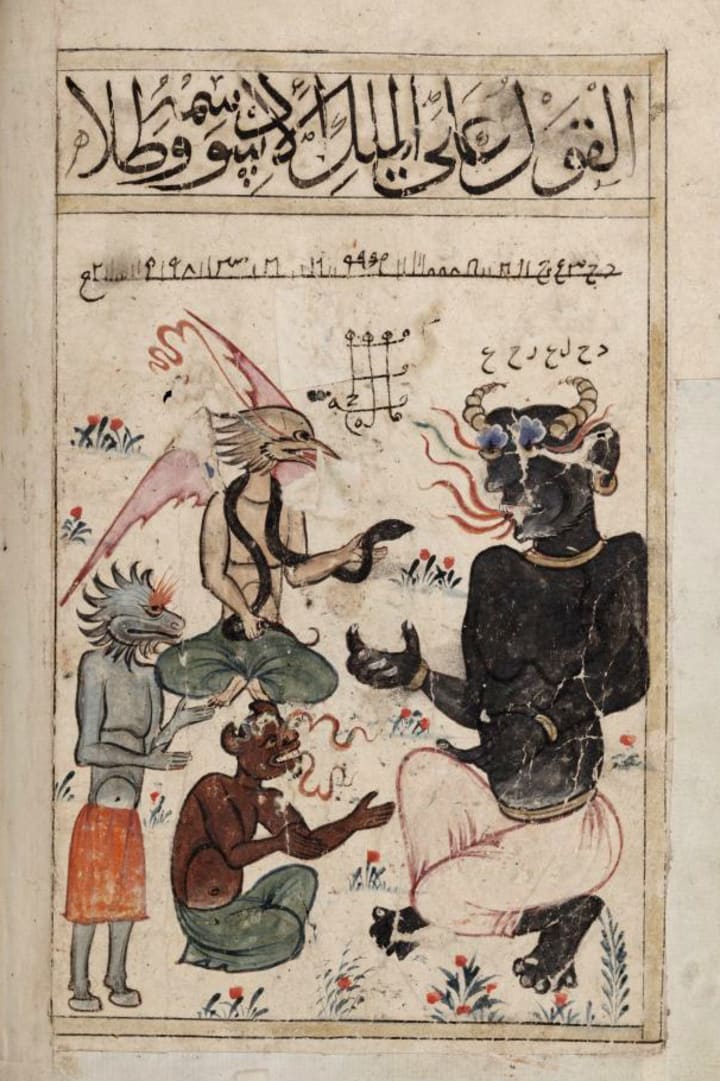
Islamic culture has a longstanding belief in djinn, also known as demonic creatures. Some (rare) djinn are said to be benevolent, while others are malevolent. During the Middle Ages, one of the most pervasive legends to hit the Middle East dealt with the Ifrits.
These were shapeshifting, predatory djinn that were made of smokeless fire and had eyes that lit up like burning coal. These spirits are often associated with death, and in many occasions, will appear when a dying person asks for revenge.
They are considered to be extremely dangerous, but can be banished by reciting prayers from the Quran. As far as monsters from medieval folklore are concerned though, I don't think very many people would be happy to run into this one.
About the Creator
Ossiana Tepfenhart
Ossiana Tepfenhart is a writer based out of New Jersey. This is her work account. She loves gifts and tips, so if you like something, tip her!
Reader insights
Outstanding
Excellent work. Looking forward to reading more!
Top insight
Heartfelt and relatable
The story invoked strong personal emotions






Comments
There are no comments for this story
Be the first to respond and start the conversation.